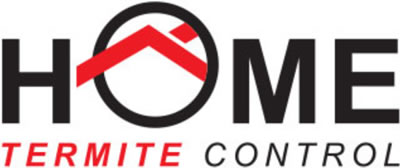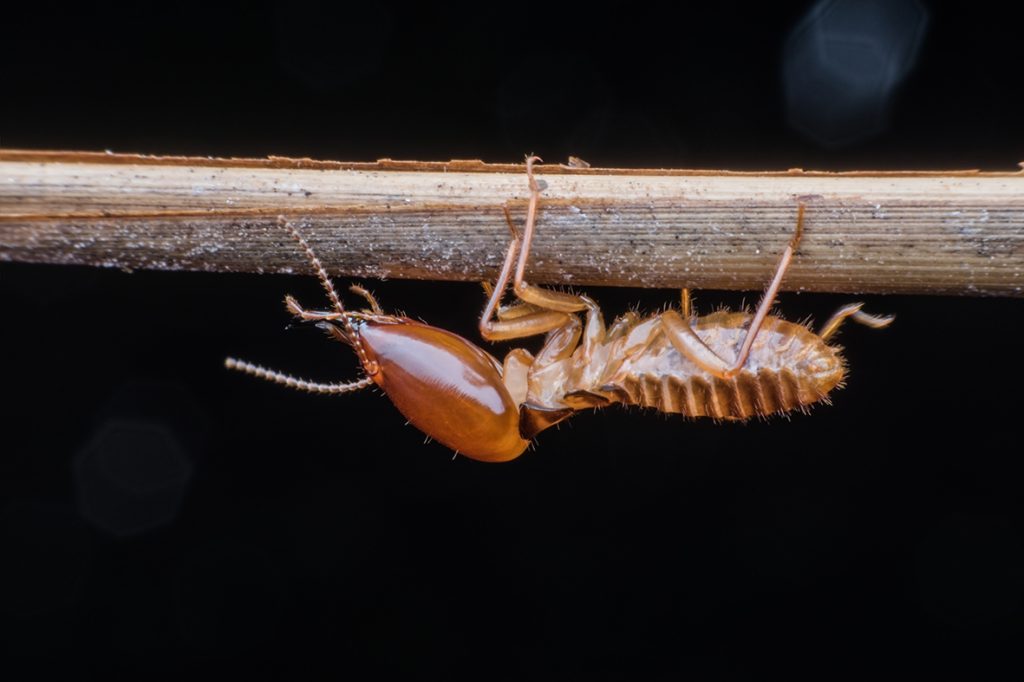From Formosan Coptotermes Formosanus and Beyond! Termites are Very Common in Sydney
The three main types of termites are drywood, dampwood and subterranean. Within this order of Isoptera, there are countless numbers of sub-species. Each type is a little different and requires unique treatments. Not all termites are pests. That being said, the ones that are classed as pests can cause unbelievable damage to Sydney homes. The most common type of termite we see are subterranean termites. Coptotermes acinaciformis is a species in the family Rhinotermitidae native to Australia. The Formosan (Coptotermes Formosanus) and multi-nesters, Schedorhinotermes love Sydney homes and buildings.
Let’s get to know these troublesome pests so you can better protect your home.
Drywood Termites (Cryptotermes Brevis)
Unlike other termites, drywood termites do not need direct access to a water source. They can survive purely with the moisture in any soft or hardwoods(*1). This makes it an especially tenacious termite. What makes this termite even more troublesome is the fact that they colonise into independent separate families inside the wood they are eating. Most termite prevention systems and baits rely on the fact that all the members of each colony are connected and have a centralised nest.
Drywood termites can be harder to find and exterminate if you are not looking in the right places. They are particularly comfortable in homes near water as the timber naturally has higher moisture levels. They will even move onto boats! (*1)
Western drywood termites were discovered attacking the structural timber in a Sydney home in 2020. This species was not previously a cause of concern in NSW. With this finding, homeowners now have another type of termite to deal with(*2).
Have you ever seen a termite nest in a tree? These tree termites are called arboreal termites. Their scientific name is Nasutitermes Walkeri(*3).
Dampwood Termites (Termopsidae)
Dampwood termites are most commonly associated with rotten, wet and decaying wood(*3). However, if they are hungry, they will eat through any kind of wood. They also do not need continuous contact with the soil via galleries. They can build a nest up and away from the ground so long as there is plenty of moisture. These little guys are not so little! Some of the largest termites are from the dampwood family. The soldiers can grow up to 15mm!(*4)
Have a look at these termites frantically responding to being exposed to sunlight.
Exotic Subterranean Termite Species (Formosan, Coptotermes Formosanus, Schedorhinotermes)
One of the MOST destructive termites in the world!
Not sure what kind of termites you have on your property? Get a professional and highly experienced expert to identify and eradicate invasive termites.
References *1. Department of Agriculture, Water and the Environment. Exotic Drywood Termites. 2021. *2. Horwood, M. First Australian Report of Structural Infestation by the Western Drywood Termite. Professional Pest Manager. 2020. *3. Oz Animals. Tree Termite (Nasutitermes walkeri). N.d. *4. Kleinschmidt, S. Dampwood Termites. Australian Environmental Pest Managers Association. 2021. *5. Bauer, S. Subterranean Termites. Department of Agriculture, Water and the Environment. 2021. *6. Department of Agriculture, Water and the Environment. Formosan Subterranean Termite. 2021.

